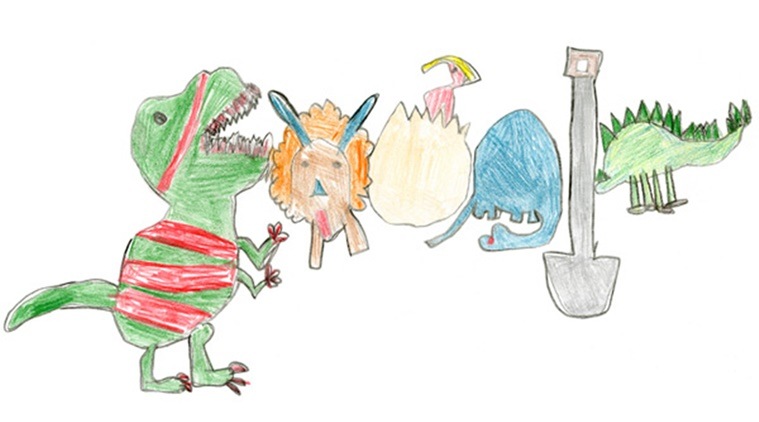

The nature of the times, the state of the science, and events large and small, logical and illogical, combined to make it all happen.Doodles are the fun, surprising, and sometimes spontaneous changes that are made to the Google logo to celebrate holidays, anniversaries, and the lives of famous artists, pioneers, and scientists. It was a once-in-a-lifetime-a once-in-the-history-of-the-world-opportunity for anyone, but especially for a woman in the 1940s.

I had a blank canvas to fill with extraordinary possibilities, a fascinating jigsaw puzzle to piece together: mapping the world’s vast hidden seafloor. "Not too many people can say this about their lives: The whole world was spread out before me (or at least, the 70 percent of it covered by oceans).

Unlike Wegener who died in 1930, Marie Tharp lived long enough to see her research become a fundamental part of modern geology. In 2001, the same observatory where she started her career awarded her with its first annual Lamont-Doherty Heritage Award. On this day in 1998, the Library of Congress named her one of the most important cartographers in the 20th century. Tharp donated her entire map collection to the Library of Congress in 1995. By plotting the epicenters of earthquakes on the seafloor maps, Tharp was also able to show that the ridges are seismically active, giving further credit to her interpretation of the ridges as active spreading centers. Berann and based on the data compiled by Marie Tharp and Bruce Heezen, a series of five bathymetric maps were published in the October 1967 issue of the National Geographic magazine, popularizing early concepts of plate tectonics. Painted by Austrian artist (and postcards painter) Heinrich C. Tharp continued to work on various large-scale maps, showing that the mid-ocean ridges extended all the way around the planet.


 0 kommentar(er)
0 kommentar(er)
